Editorial
The BRI mindblock
Beijing doesn’t trust Nepali state, not just because our leaders are closer to Delhi or Washington.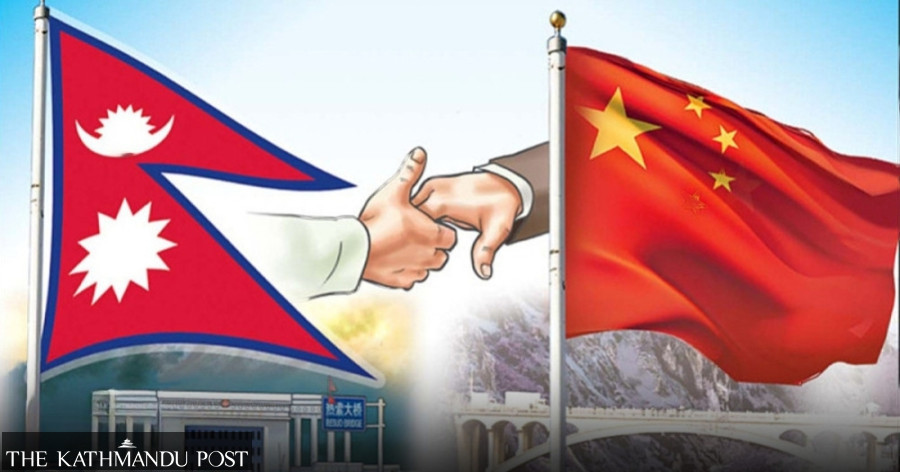
Lack of progress on the 10 projects Nepal had proposed to China under Chinese President Xi Jinping’s signature Belt and Road Initiative (BRI) presents us with a curious paradox. Some reckon even though Kathmandu itself proposed these projects, it has of late been wary of increasing engagement with Beijing. India has never viewed the BRI kindly, of which it is not a signatory. The passage of the China-Pakistan Economic Corridor (CPEC), which is often seen as the crown jewel of the BRI, through the disputed territory of Kashmir, is one reason for New Delhi’s suspicions. There are also projects being built under Nepal-China cooperation that India might think of as particularly problematic. One obvious candidate is the proposed Jilong-Kerung-Kathmandu cross-border railway, which, if built, could lead to a drastic decrease in India’s sway in Nepal. Then there are the less obvious ones like the industrial park in Damak, which is close to India’s ‘chicken neck’ corridor. At a time of India’s growing tensions with Bangladesh, the China-funded park has become a matter of heightened interest for India.
In this reasoning, India is either putting pressure on Nepal to go slow on these projects. Or Nepali leaders are not in a mood to be in New Delhi’s bad books by being seen as pushing them. Yet there is also an alternate reading. China’s willingness to build BRI projects under grants has cooled considerably in the past few years. Successive Nepali governments have also made it clear that Nepal is not ready to take any more ‘high interest’ loans. Had Beijing been ready on grant-based projects, at least some of these proposals would have come through. Whatever the case, what is the point of Nepal proposing so many projects if they are to be left in limbo? Were these proposals made just so some Nepali leaders could buttress their nationalist credentials? As the Nepali national interest lies in a careful calibration of relations with India and China, a way out to the current state of logjam must be found.
One problem is that Beijing does not trust the Nepali state machinery, and not just because our leaders are closer to Delhi or Washington. Chinese repeatedly complain about how projects in Nepal take ages and even simple bureaucratic steps are cumbersome. Even for India, it must appear curious that an industrial park is being built not just in a strategically sensitive region, but also in the home district of KP Sharma Oli, the ‘old Chinese pal’ in its eyes. It is thus more Oli’s pet project being pushed to poke India in the eye than something of national interest. This is not a wholly wrong reading. The prevalence of our leaders’ self-interest over national interest has time and again hobbled Nepal’s aspirations to develop on the back of the astounding growth of its two neighbours. It adds to our foreign friends’ suspicions and cuts down the country’s credibility.
On the other hand, if New Delhi sees that Nepali leaders consistently put national interest first, rather than tilt north or south as and when expedient, they too could be more forgiving in the interpretation of Nepali leaders’ intent. This applies to Nepal’s BRI projects as well. To start with, why don’t Kathmandu and Beijing push low-hanging fruits like Madan Bhandari University and Kathmandu Scientific Centre and Science Museum, two of the 10 proposed BRI projects with no geopolitical baggage?




 19.12°C Kathmandu
19.12°C Kathmandu
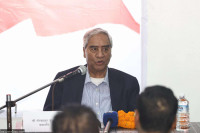
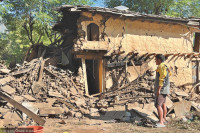





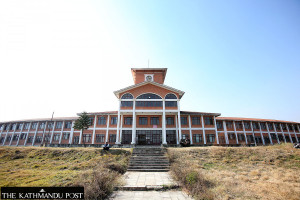

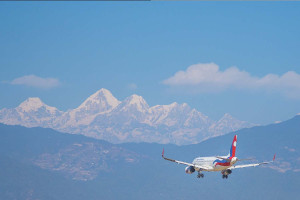


%20(1).jpg&w=300&height=200)

